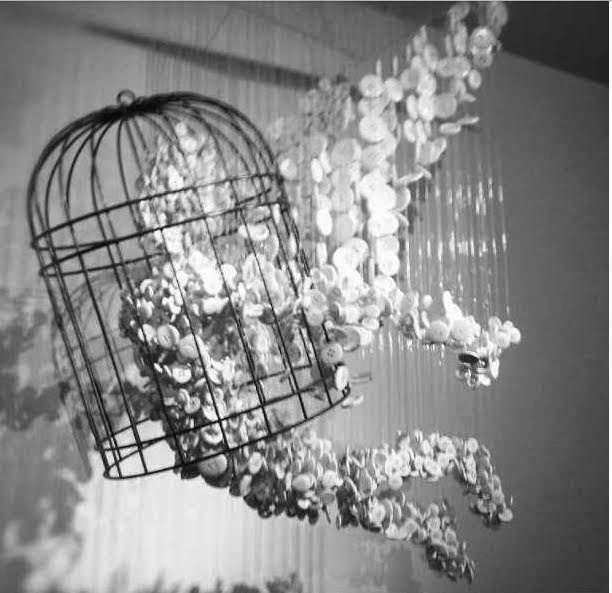Once Upon A Time is a fairytale drama from Edward Kitsisand Adam Horowitz, the team behind Lost and Tron: Legacy. Emma Swan knows how to take care of herself. She's a 28-year-old who has been fending for herself ever since she was abandoned as a baby. But everything changes when Henry - the son she gave up years ago - finds her. Henry is now 10 years old and in desperate need of his birth mother's help. He believes that Emma comes from an alternate world and that she is Snow White and Prince Charming's missing daughter. According to the book of fairytales that he was given by his teacher Mary Margaret, they sent her away to protect her from the Evil Queen's curse, which trapped the characters of fairytale world forever and brought them into our world. Emma instantly dismisses Henry's theory, but when she brings him back to Storybrooke, she finds herself drawn to this unusual boy and this strange town. Concerned for his welfare, she decides to stay for a while longer, but she soon suspects that Storybrooke is more than it seems. It's a place where magic has been forgotten, but where fairytale characters are alive, even though they don't remember who they once were and where the Evil Queen, known as Regina, is now Henry's adoptive mother. In order to understand where the fairytale world's former inhabitants came from and what led to the Evil Queen's wrath, you'll need to take a glimpse into their previous lives. But it might just turn everything you've ever believed about these characters upside down. Meanwhile, the epic battle for the future of all worlds is about to begin. For good to win, Emma will have to accept her destiny and fight like hell.
In light of the final episode of Channel 5's Once Upon A Time, I thought it only fitting to express my love for the programme, its amazing story and of course it's costumes, which were designed by Eduardo Castro. By far the biggest clothes horse of the programme is The Evil Queen, Regina. Below are just a few images of her costumes and the costumes of the other characters, I particularly like the Queen's red riding jacket, the collar and detailing are exquisite, although the picture is not brilliant.
Regina- The Evil Queen...
Regina- The Evil Queen...
Charming...
Red's costume was another of my favourites, the fabric of the cloak is stunning and works really well with the bodice and gown underneath.
Granny...
Rumplestiltskin & Belle...
Rumplestiltskin has to be my favourite character, Robert Carlyle play's him brilliantly and I loved the twist on beauty and the beast to include him. His costume is a mix of different leather's he appears almost worn, scaly. The juxtaposition of Rumple and Belle works really well and enhances the storyline. Belle's yellow costume (another ode to Disney) is exquisite especially with the beading and the blue everyday costume has amazing detail, if you look closely at her chemise.
The Huntsman...
Cinderella...
Hansel & Gretel...
The Witch of the Gingerbread House...
The Seven Dwarves...
The Mad Hatter...
Geppetto & Pinocchio...
Abigail...

































